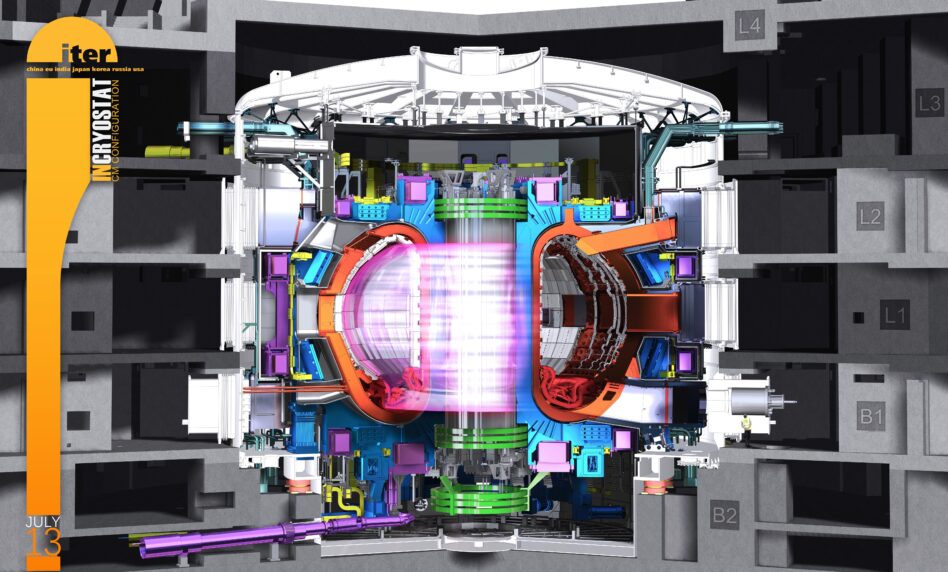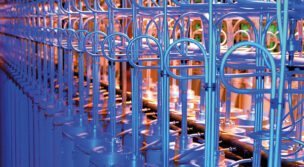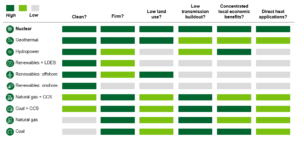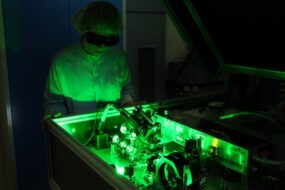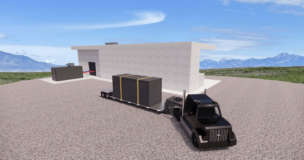The International Thermonuclear Experimental Reactor (ITER), an international collaboration on a fusion test reactor, has delayed its first operations to 2034…nearly half a century after the project was first envisioned in 1986 and nine years after the most recent target start date.
The delay also adds €5B ($5.4B) to an already swollen price tag, bringing the total projected cost to ~€25B ($27.1B).
The project’s leadership says the delay will allow for more systems in place by the time testing begins, enabling more complex operations.
“In the new plan we will start by performing real research with plasma, leading to the demonstration of integrated commissioning at full magnetic energy and current,” ITER Director-General Pietro Barabaschi said in a press conference last week.
A long time coming: This is not the first time ITER has been delayed by a long shot, but it is the biggest single setback. Since its conception, the project has had its fair share of trials and tribulations:
- The first version, whose design was approved in 1997, was a €10B project planned to achieve fusion ignition.
- It was then redesigned as a €5B machine that wouldn’t reach ignition, and construction began in 2007 with a 2016 target start date.
- By 2016, there was no reactor in sight. The consortium set a new goal of first plasma by 2025—which would mean full plasma in 2033 and first deuterium-tritium reaction in 2035—and the cost had increased to an estimated €20B.
The new plan: The ultimate test goals for the reactor are staying the same. ITER is expected to demonstrate industrial-level systems integration, achieve Q≥10, and reach 400-second pulses. In the new plan, though, the first operations will start with a more complete machine, meaning less downtime for construction between first plasma and the first D-T reaction.
- ITER now plans to start ops in 2034, reach full plasma in 2036, and start D-T operation in 2039.
The commercial race: While ITER is taking its time, other players are racing toward working commercial fusion at a much faster rate. Commonwealth Fusion Systems, for one, plans to achieve first plasma in its SPARC tokamak by the end of 2026.
Lead Reporter of Ignition
